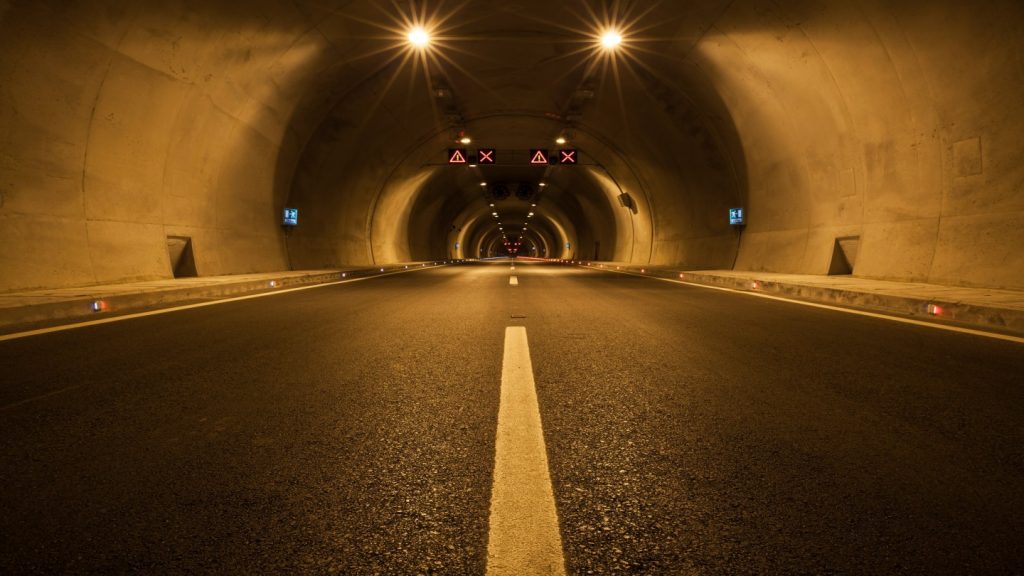Dubai's Roads and Transport Authority (RTA) has awarded a contract for the construction of the Al Khaleej Street Tunnel Project.
The award follows the directives of United Arab Emirates vice-president, Prime Minister, and Dubai ruler Sheikh Mohammed bin Rashid Al Maktoum.
The project is a part of the overarching Al Shindagha Corridor improvement project.
The Al Shindagha Corridor extends 13km along key roads in Dubai, including Sheikh Rashid Road, Al Mina Street, Al Khaleej Street, and Cairo Street.
It involves the upgrade of 15 intersections and is set to benefit residential and developmental communities such as Dubai Islands, Dubai Waterfront, Dubai Maritime City, and Mina Rashid.
The corridor is expected to serve approximately one million people and reduce travel times by 2030.
As part of Phase 4, the Al Khaleej Street project will include the construction of a 1,650m tunnel with six lanes that can accommodate up to 12,000 vehicles an hour in both directions.
It will extend from the end of the ramp of Infinity Bridge in Deira to the intersection of Al Khaleej and Cairo Streets.
This initiative is expected to match the rapid population growth and urbanisation of the area.
It also involves improvements to Cairo Street and the connection of the bridge ramp from Dubai Islands to the new tunnel.
Additionally, the RTA is working on a 4.8km improvement project on Sheikh Rashid Street, which includes constructing three bridges to accommodate a combined 19,400 vehicles per hour.
RTA Board of Executive Directors chair and director general Mattar Al Tayer said: “The first [development] is a 1,335m bridge of three lanes to facilitate the traffic flow between Sheikh Rashid Road and Falcon Intersection, accommodating up to 10,800 vehicles per hour in both directions.
“The second is a three-lane bridge extending 780m to serve traffic from Falcon Intersection in the direction of Al Wasl Road accommodating 5,400 vehicles per hour. The third is a 985m-long bridge of two lanes to serve traffic inbound from Jumeirah Street heading to Al Mina Street toward Al Wasl Street, accommodating 3,200 vehicles per hour.”









